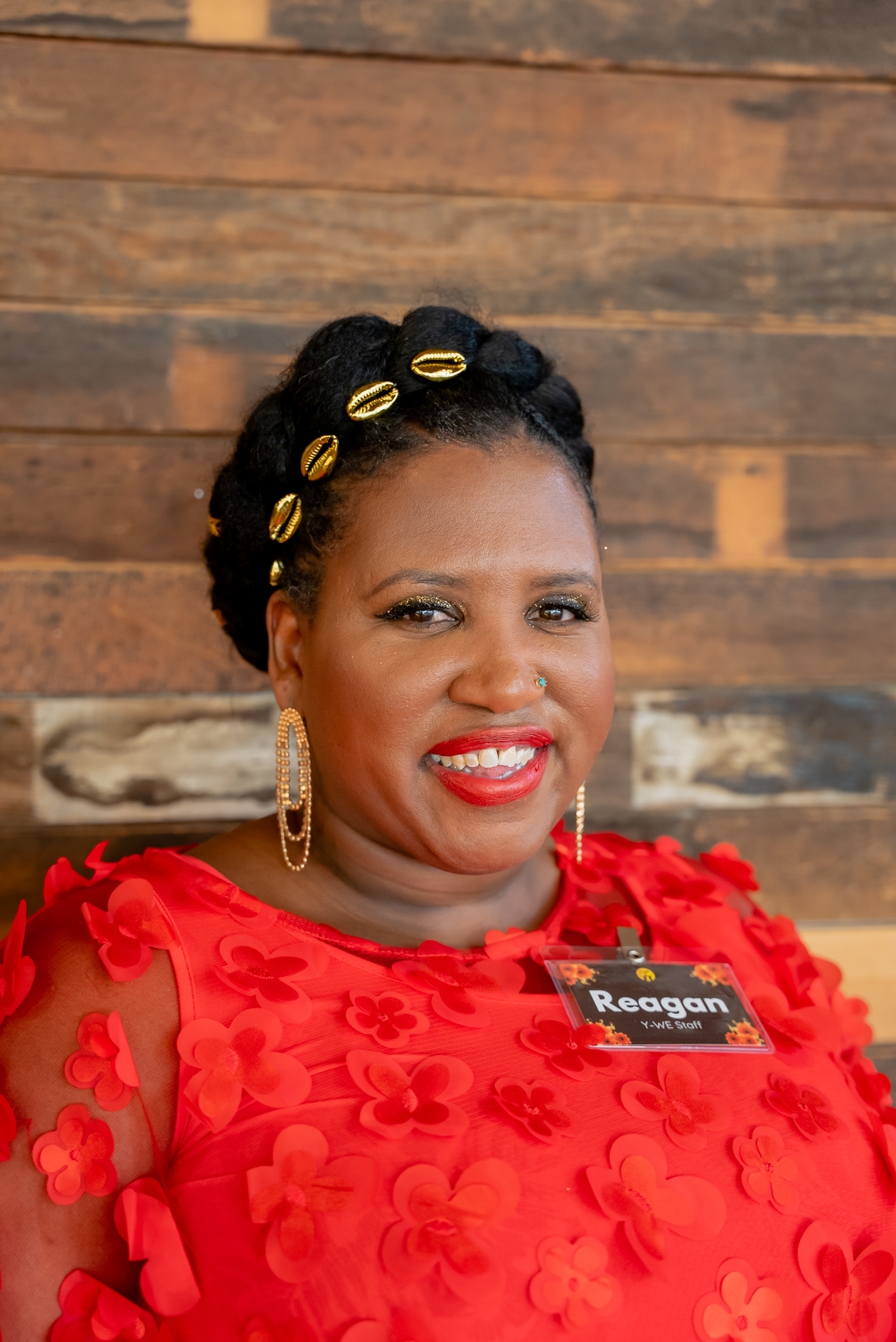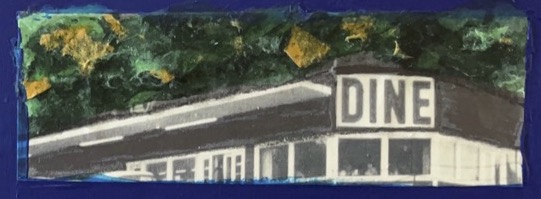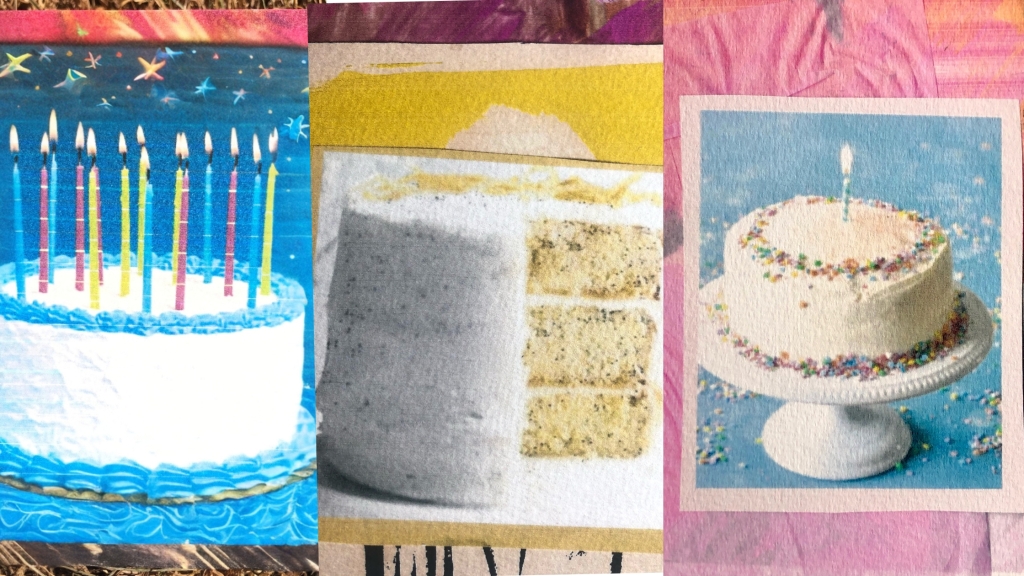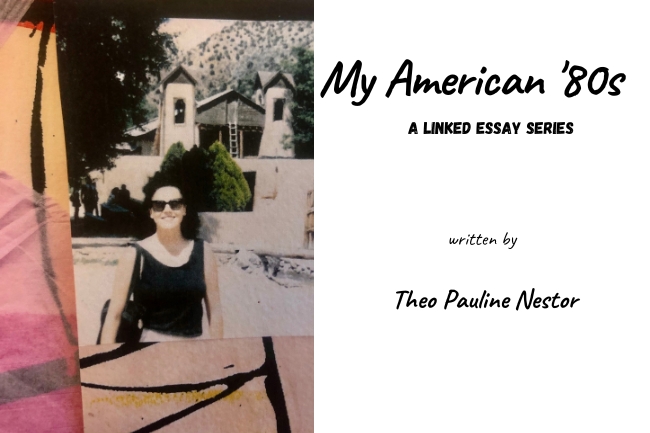 Miles Davis once said, “Sometimes you have to play for a long time to be able to play like yourself.” And while Davis was talking about music, the very same could be said about writing. Part of what I found most frustrating in my long apprenticeship period as a writer was that not only were my stories and essays not nearly as good on the page as I’d imagined them in my head, they also sounded somehow phony to me. I could hear in my carefully wrought sentences how very hard I was trying—trying not only to be a “good writer,” but also to possess the edginess of Amy Hempel, the existential cool of Lorrie Moore, the authority of Anton Chekhov.
Miles Davis once said, “Sometimes you have to play for a long time to be able to play like yourself.” And while Davis was talking about music, the very same could be said about writing. Part of what I found most frustrating in my long apprenticeship period as a writer was that not only were my stories and essays not nearly as good on the page as I’d imagined them in my head, they also sounded somehow phony to me. I could hear in my carefully wrought sentences how very hard I was trying—trying not only to be a “good writer,” but also to possess the edginess of Amy Hempel, the existential cool of Lorrie Moore, the authority of Anton Chekhov.
Most new writers are not only voracious readers but passionate ones; the writers they love have inspired them to write and to write well, so it isn’t surprising that the sentence structure, syntax, and cadence of the writers we’ve read so closely should show up on our own pages. We tend to see this as a negative thing, as if we’re mere copycats who do not possess original voices. While in many Asian cultures the artist who most assiduously copies the work of the master is revered, in Western cultures we tend to put a high premium on originality and individual thought. But what if this imitation-is-the-highest-form-of-flattery era of our development were seen not just as a derivative one but as actually essential to finding our own voices?
Maybe we find our own original style not by moving away from the pack but by first fully embracing our community and tradition. By identifying (and yes, copying) the writers we love the most and parsing out what it is in their work that so excites us, we are, in fact, “finding” our own creative vision. During this time, we need to be asking ourselves: What is it that thrills me about Hempel? What could I steal from Moore? How does Chekhov build a story and how could I adopt that technique in my own work?
“Our writers” thrill us partly because we know they are pointing us in the direction we long to go. We each possess a unique set of writers we can identify as our tribe, our teachers from whom we need to study. But after that time of study, we eventually must and can move past the imitative phase and more deeply into our own unique vision. “When I stopped being ambitious about being Alice Munro,” Cheryl Strayed, author of the bestseller Wild, said at the Wild Mountain Memoir Retreat last spring, “I started to become very ambitious about my own writing.”
The apprenticeship period essential to identifying our aesthetic does end. And when it does, we stop comparing ourselves and falling short. We stop feeling like we’re masquerading.
We begin, as Davis said, to play like ourselves.
——————
 Try these activities from the chapter “Find Your Tribe; Find Your Voice” from my new book, Writing Is My Drink: A Writer’s Story of Finding Her Voice (and a G…:
Try these activities from the chapter “Find Your Tribe; Find Your Voice” from my new book, Writing Is My Drink: A Writer’s Story of Finding Her Voice (and a G…:
- Write on a big sheet of paper the names of the writers who mean the most to you. Stick this list up on a wall near your workspace.
- Invest in purchasing your favorite books and keep a few of these “inner circle” books on your desk as a reminder of who you are and where you’re headed.
- Identify books you see as the “ancestors” for the book you want to write. (Early on in creating Writing Is My Drink, I identified three books as its “ancestors”: Lamott’s Bird by Bird, Goldberg’s Writing Down the Bones, and Cameron’s The Right to Write. I kept these books on the windowsill beside my desk to remind me of the tradition in which I was writing).
- Pick one of your favorite writers and set out to read all of his/her work. Keep a notebook for your reactions to their work, lines you particularly like, insights into the characteristics of their writing.
- Pick a scene or passage from one of your favorite writers and write an imitation of that scene or passage. Using your own content, copy the essence of the passage. If there’s a bit of dialogue followed by description followed by an insight then take your story and create a bit of dialogue followed by some description followed by an insight. It’s a challenging assignment that will teach you a great deal about how the revered writer is actually pulling it off.
 Interested in learning more about personal narrative? Come join me at my event Bird by Bird & Beyond with Anne Lamott in Petaluma, CA January 18, 2014. Get a 25 dollar discount on the event registration fee when you enter the promotion code “tribe” upon payment.
Interested in learning more about personal narrative? Come join me at my event Bird by Bird & Beyond with Anne Lamott in Petaluma, CA January 18, 2014. Get a 25 dollar discount on the event registration fee when you enter the promotion code “tribe” upon payment.
Register here: https://www.eventbrite.com/event/8673676199
Event description: Bird by Bird & Beyond with Anne Lamott will be a day focused on building storytelling skills and work strategies for writers and others interested in personal narrative. January 18, 2014 at the Sonoma Sheraton in Petaluma. This event is open to all. No previous writing experience required. Holiday Discount rate tickets: 295 dollars. Lamott’s keynote talk: “Almost Every Single Thing I Know About Writing.” She’ll share with us not only how she does what she does so well but also “Why writing might be a matter of life and death” and the beloved topics of “messes,” “hysteria,” and “despair.” The talk will be followed by a Q and A book signing. See a complete schedule of the day’s events here.





Leave a Reply